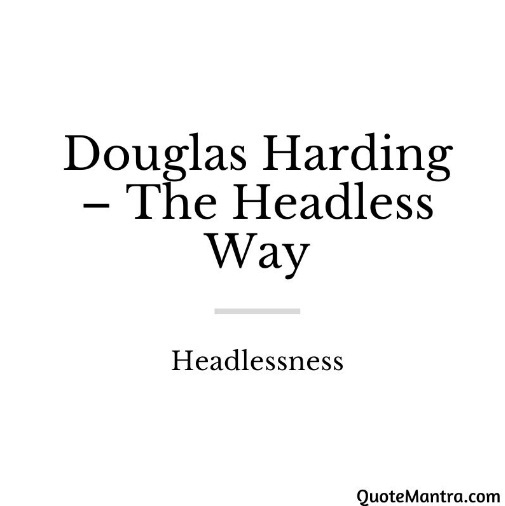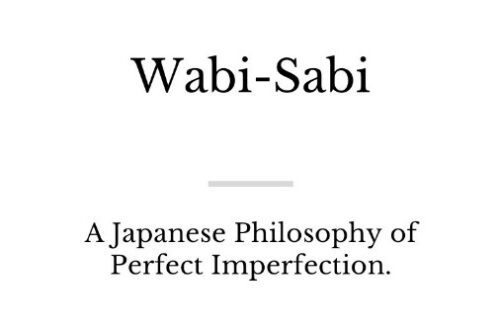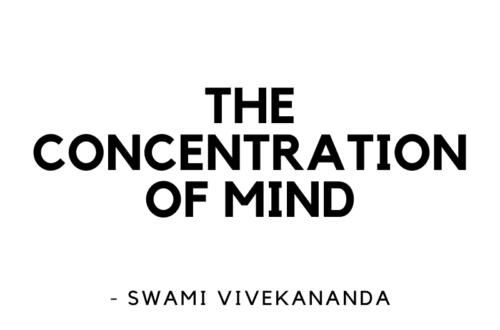
The Headless Way
Douglas Harding was a British philosopher, spiritual teacher, and author best known for his unique approach to self-inquiry called “Headlessness.” This approach involves investigating one’s own consciousness and sense of self, to uncover one’s true nature as formless, boundaryless, and infinite.
Douglas Harding – The Headless Way
At the heart of Harding’s Headless Way is a simple realization that we are not the “head” we usually take ourselves to be. According to Harding, most of us have been conditioned to believe that we are a separate self, located inside our heads, looking out at the world through our eyes. This belief, he argues, is the source of much of our suffering and confusion.
By investigating our own experience, Harding claims that we can come to a direct, non-conceptual realization of our true nature as formless, boundaryless, and infinite. This realization involves seeing that we are not the “head” we normally take ourselves to be, but rather the spacious awareness in which the head and everything else appears.
Harding’s approach to self-inquiry is based on a series of experiments or “exercises” designed to help individuals recognize their true nature as headless.
One of the most famous of these exercises is called the “Headless Way” experiment, which involves simply pointing at the space where one’s head should be.
In this experiment, individuals are asked to notice the space in front of them where their heads should be. They are then asked to point to this space and to notice what they see. According to Harding, what most people see is a “void” or “nothingness” where their heads should be.
However, this “void” is not an absence or lack, but rather a spacious awareness that is the source of all experience.
Harding argues that by recognizing this spacious awareness as one’s true nature, individuals can free themselves from the limitations of the separate self and live from a place of openness, clarity, and freedom.
Another exercise used in the Headless Way is called the “One Face” experiment, which involves noticing that all faces are seen from the same “place.”
In this experiment, individuals are asked to look at different faces and notice that all faces are seen from the same “place” – where one’s head should be.
However, this “place” is not a fixed point in space, but rather a spacious awareness that is always present. Harding argues that by recognizing this spacious awareness as one’s true nature, individuals can free themselves from the limitations of the separate self and live from a place of openness, clarity, and freedom.
The Headless Way is not a philosophy or belief system but a practical approach to self-inquiry grounded in direct experience.
According to Harding, the goal of the Headless Way is not to attain some special state of consciousness or achieve spiritual enlightenment, but rather to live from a place of openness, clarity, and freedom in everyday life.
In summary, Douglas Harding’s concept of Headlessness is a unique approach to self-inquiry that emphasizes the direct, non-conceptual realization of one’s true nature as formless, boundaryless, and infinite. Through a series of simple exercises, individuals are invited to investigate their own experience and to recognize the spacious awareness that is always present, free from the limitations of the separate self. By living from this realization, Harding argues, individuals can experience greater clarity, openness, and freedom in their daily lives.
Also read: Letting Go of the Illusion of the Self




